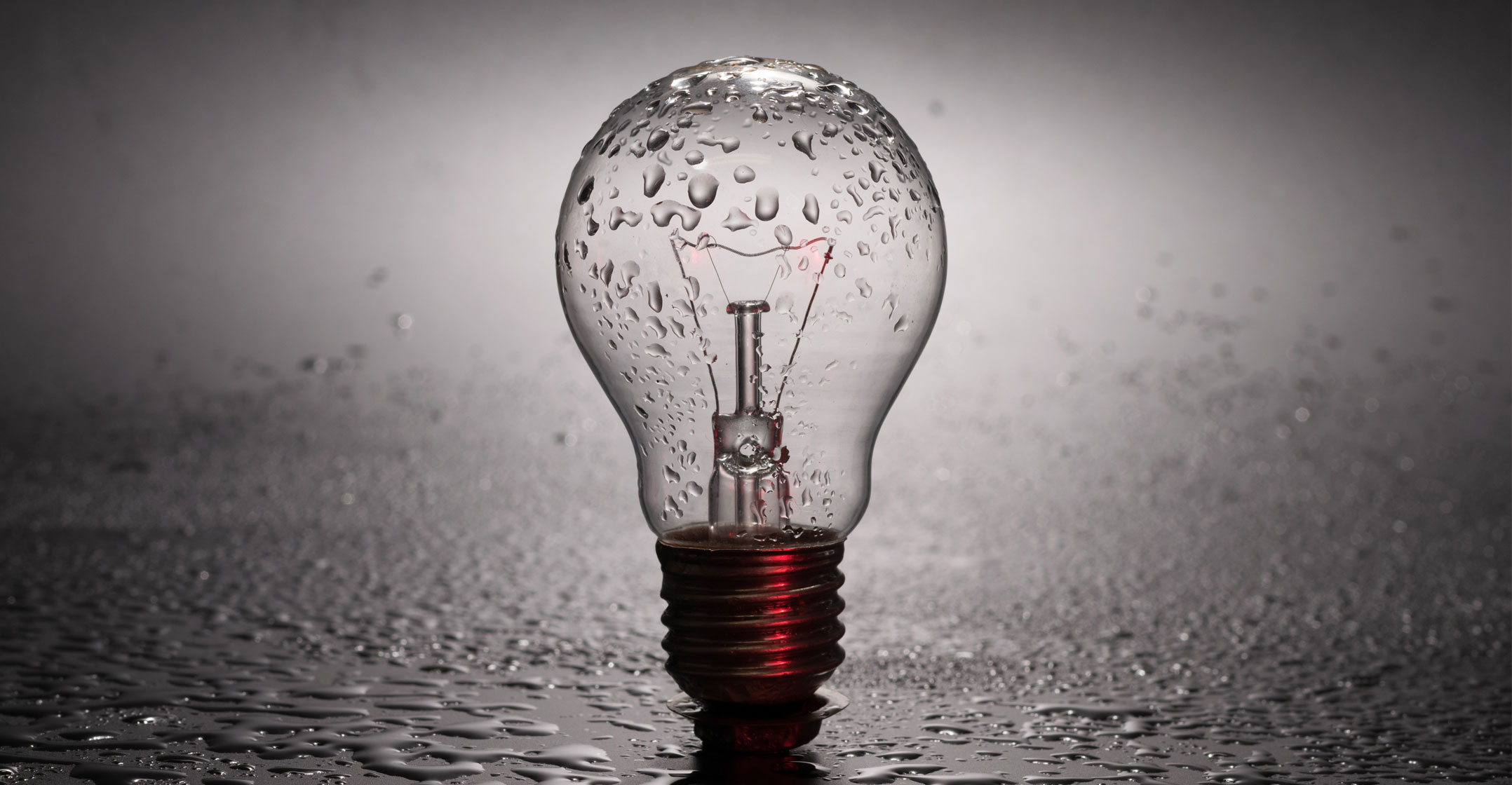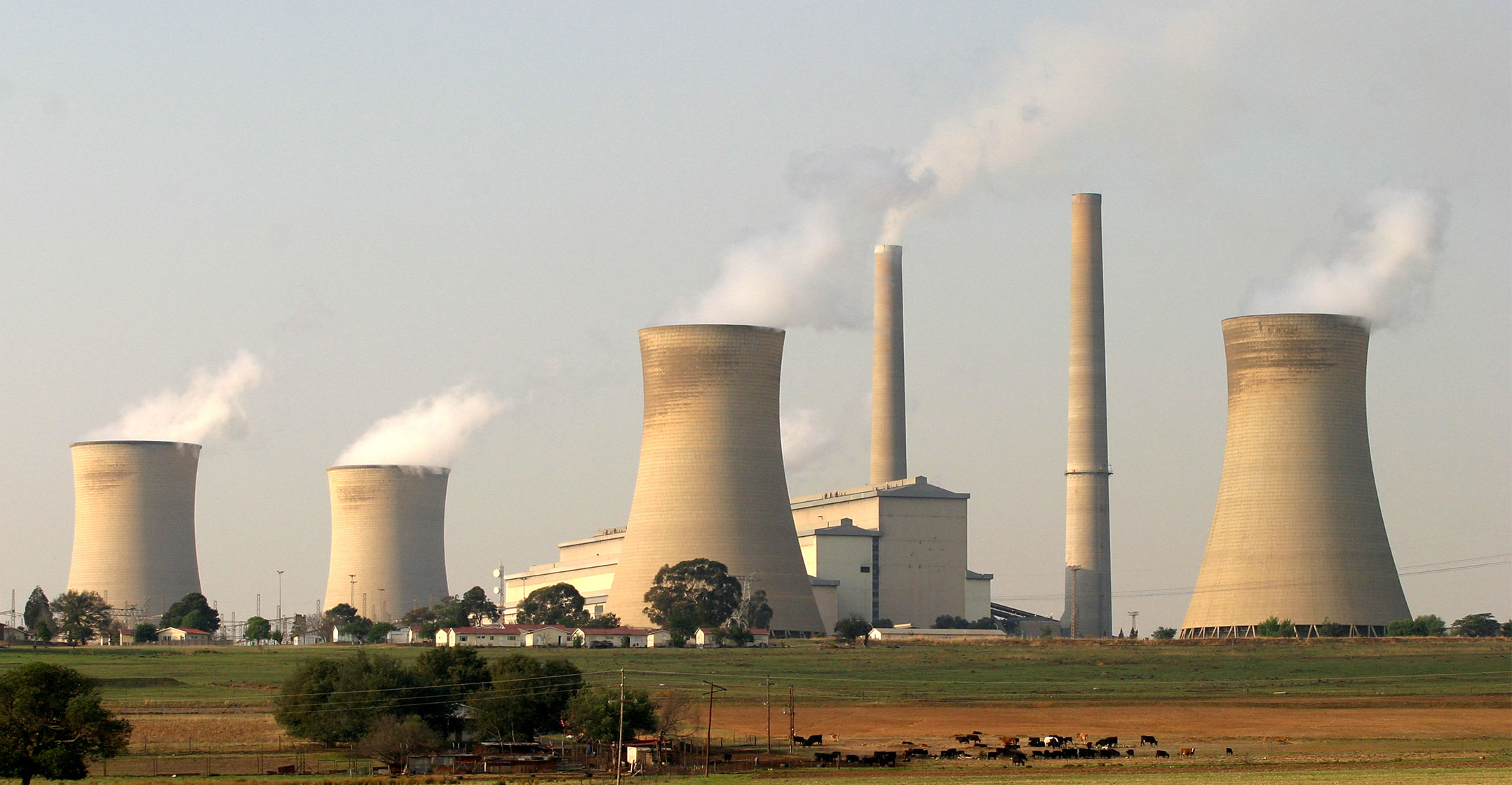 South Africa could experience load shedding for the next two to three years if urgent steps are not taken to mitigate against energy shortages.
South Africa could experience load shedding for the next two to three years if urgent steps are not taken to mitigate against energy shortages.
This is according to research presented by Jarrad Wright and Joanne Calitz of the CSIR on Tuesday in a joint webinar with GreenCape.
The presentation, “Addressing South Africa’s electricity crisis and getting ready for the next decade … and now Covid-19” — is built on work done at the beginning of 2020 tracing the impact of load shedding in 2019, which saw a record 1 352GWh of energy shed, meaning 530 hours of outages. This translated into losses of R60-billion to R120-billion to the economy.
The CSIR says load shedding experienced in 2020 has already overtaken 2019 levels, with 1 383GWh being shed – that’s 661 hours of outages – so far this year.
“An urgent response is necessary to ensure short-term adequacy and set South Africa on a path toward long-term adequacy in the 2020s … this is now even more urgent as a planned post-Covid-19 economic recovery takes shape,” the presentation states.
Under lockdown, Eskom experienced a significant drop in demand from consumers as most industries went offline, with peak demand dropping from an expected 33.4GW to 30.7GW while minimum demand dropped to 13.8GW.
Despite this, the country moved between stage-1 and stage-2 load shedding over seven consecutive days as opposed to the three days of stage 1 that Eskom had envisaged in its “winter plan”.
Unreliable
Speaking to the Cape Town Press Club on Tuesday, Eskom CEO André de Ruyter said this was a reflection of the unreliable and unpredictable generation fleet which has had major maintenance deferred over the past years.
Eskom has launched an energy reliability project to improve its energy availability factor, which is the utility’s capacity to generate electricity, to between 70% and 74% from 2020 to 2023.
De Ruyter said that while the reliability maintenance programme is completed, the country still faces a residual risk of load shedding until September 2021.
As the country moved up the various Covid-19 lockdown levels to level 3, where the majority of economic activity is permitted, demand has returned to normal, increasing pressure on the grid.
 The CSIR’s latest projection, however, shows a lower energy availability factor and demand forecast than that forecast by Eskom as well as the department of mineral resources and energy’s integrated resource plan (IRP) 2019.
The CSIR’s latest projection, however, shows a lower energy availability factor and demand forecast than that forecast by Eskom as well as the department of mineral resources and energy’s integrated resource plan (IRP) 2019.
Coming off a base of 67% in 2019, Wright said that to date in 2020, the energy availability factor seemed to be “tracking the lower bound” scenario at 66% as opposed to the increase envisaged in the IRP.
In the updated CSIR scenario, Wright said South Africa could experience varying capacity shortages of between 6GW and 8GW until 2025 and significant energy shortages that could see between 1 700GWh and 4 500GWh being shed in 2020 to 2022, and only reducing in 2023 when new capacity is assumed to come online.
Wright and Calitz have provided three key intertwined steps to deal with the energy shortages.
The first solution is the “customer response at scale”, which Wright said is the only reasonable solution to fill the short-term capacity and energy gap expected until 2022. This measure involves immediately allowing customers from residential to industrial customers to generate their own electricity through “enabling regulations” or by providing incentives programmes.
“By no means do we say you go off-grid – it’s just self-supply options to supplement existing grid capacity that you already have,” said Wright. The impact would be reduced load shedding as the supply could come online quickly starting from 2020, he said.
More speed, please
The second step involves accelerating the department of mineral resources & energy’s risk mitigation power purchase programme launched to reduce the immediate and medium-term electricity supply constraints.
The third step is an immediate focus on implementing the IRP and allowing for appropriate lead times and procurement.
“Similar to step two, that capacity is only expected to be online from 2023 onward but is actually required in 2022,” said Wright. “So, we really need to fast-track some of those processes more than they are already being fast-tracked at the moment.”
- This article was originally published by Moneyweb and is used here with permission

